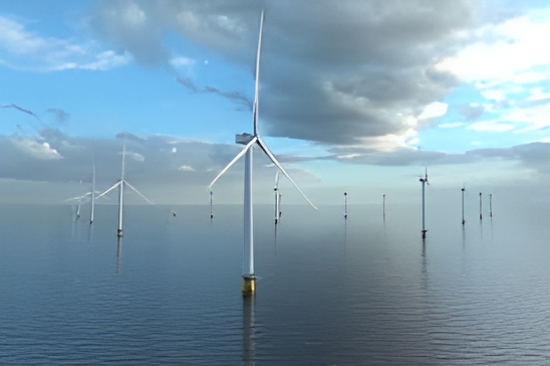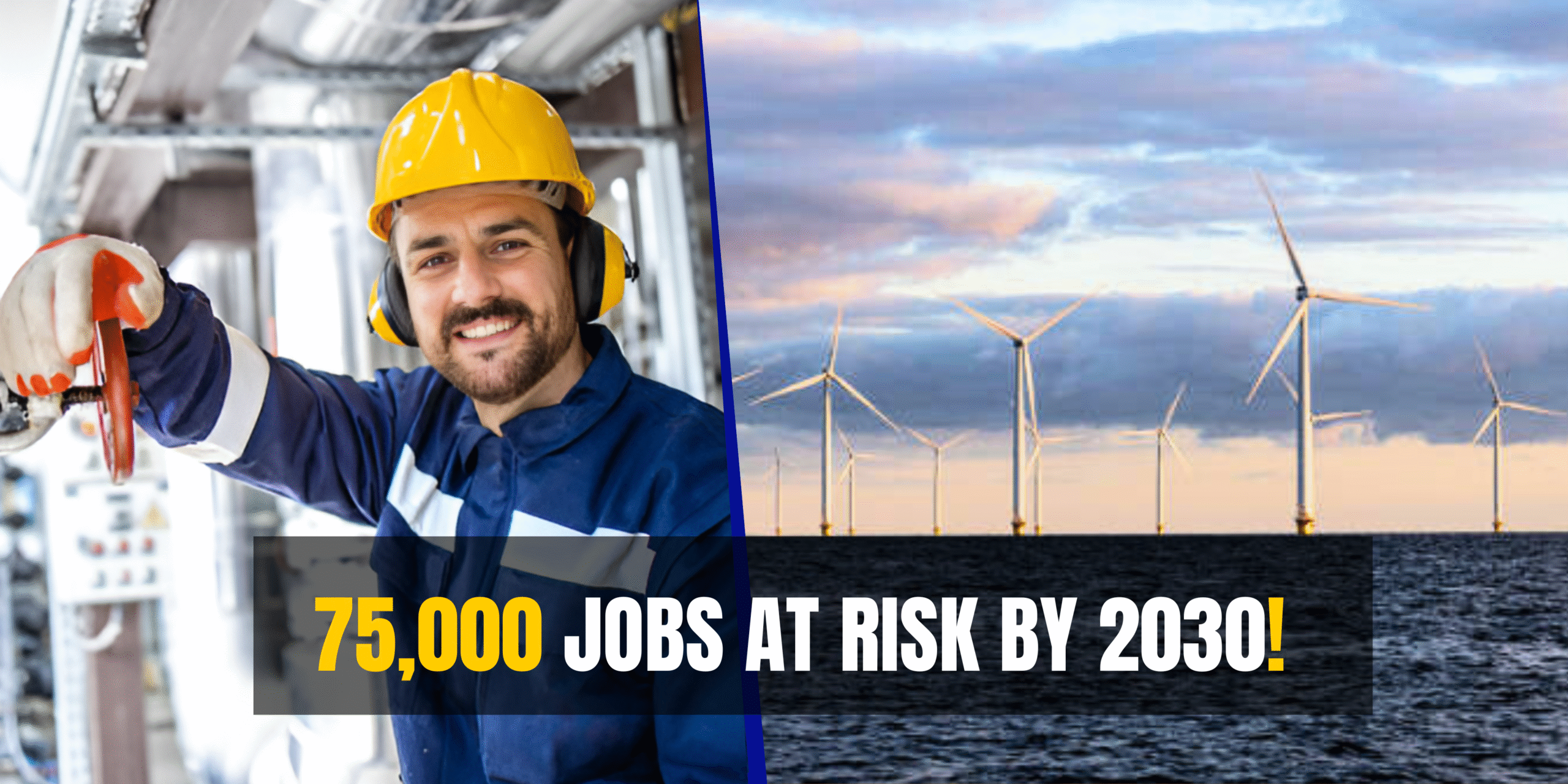Crown Estate Offshore Wind Investment Plan Explained
In a significant move to super-charge the UK’s offshore wind industry, The Crown Estate has announced plans to invest up to £400 million in a new round of leasing for offshore wind sites. This was an ambitious declaration made at the ‘2025 Global Offshore Wind conference’ summit in London when — dubbed the powering wind energy plan — aims to unlock the next phase of wind energy growth in the UK by the supporting vital onshore.
UK offshore Wind Investment Set for Major Expansion
Under the “Powering Offshore Wind”, The Crown Land’s new capital investment plan comes on the back of a strategy to offer long-term seabed leases for new offshore wind projects, aiming to develop a world leading offshore wind market in the UK.
The plan centers on:
- Port and harbor upgrades
- centers of wind-turbine component manufacturing
- Research and testing installations
- Partners International Agency Collaboration with national energy agencies
This is vital in order to meet the UK’s renewables targets, and also a catalyst for creating jobs, spurring investment, and driving economic

Supply chain capacity has been one of the biggest hurdles to fast offshore wind growth in the UK. Ben Brinded, head of investment of The Crown Land, said that it was an investment to target the gaps.
“Without working together and investing in the UK supply chain, we will not achieve the full economic, social and environmental potential of offshore wind,” Brinded said, during the announcement.
And by de-risking future offshore wind developments, improving logistics, and cutting costs for developers, the £400 million funding is predicted to deliver long-term wins in terms of both clean energy generation and the domestic economy.
How the powering offshore wind plan support by supply chain growth
It’s not going to occur in a vacuum, this investment. Organizations including Great British Energy, the National Wealth Fund, and key private sector players will all be supported by The Crown Land to help deliver maximum impact.

“As the Offshore Wind Industry works towards delivering the aspirations of the Industrial Growth Plan, industry and the other public investors working in alignment and collaboration is the best way to achieve this,” added Tim Pick, Chair of the Offshore Wind Growth Partnership.
That aligns with efforts to speed up projects, support technology leadership in the UK and increase local content in offshore wind work, cementing Britain’s status as a global wind leader.
How the powering offshore wind plan supports by supply chain
While The Crown Land manages seabed leasing for England, Wales and Northern Ireland, the investment affects various other regions across the UK, such as Scotland and Ireland. Many infrastructure improvements will do good for regional economies while enhancing the national grid.
So whether it’s off the coast of the north-east of (England, Scotland and Wales) building out extra port capacity, in Wales manufacturing and in Northern Ireland testing facilities, this package is about making sure all parts of the UK can access the advantages of clean energy.
This is not your casual investment of the day. The Crown Land is focusing medium-term infrastructure development for resilient systems that can deliver:
- Floating wind farms
- Larger turbine deployments
- Faster project permitting
- Engineering and construction green jobs
They are also in line with the UK’s goal to reach net-zero emissions by 2050.
Why £400 million in Renewable Energy funding matters now
The UK is already a world leader in offshore wind capacity, but expansion has stagnated because of infrastructure constraints and the pressures of rising costs. As a strategic ambitious investment inducement, it unlocks stalled schemes, as well as drawing in overseas money and encouraging innovation in next-generation wind.
For developers, investors and for communities, the news is being portrayed in the media as a turning point – one that could shape the UK’s energy landscape for generations to come.
The Crown Land’s £400 million pledge to unlock the full potential of offshore wind is more than an investment – it is a statement of ambition that the UK will be the global leader in clean energy.
As new ports are developed, manufacturing scales up, and innovation progresses, this scheme could turbocharge the offshore wind industry, support thousands of green jobs and help transition the UK towards a sustainable, net zero future.





